New Orleans Travel Guide
New Orleans Travel Guide – prepare your trip to New Orleans with our practical guide: where to go, what to do, food, rooftops, how to get around, safety and more.
New Orleans is a dynamic and culturally-rich city located in the southeastern region of Louisiana, known for its unique blend of French, African, and American cultures. Visitors to this city are drawn to its lively music scene, historic architecture, and delicious cuisine. Whether you’re looking to soak up some history, party in the streets, or simply relax and take in the sights and sounds, New Orleans has something for everyone.

One of the most iconic features of New Orleans is its historic French Quarter, which is filled with beautiful architecture, charming cafes, and bustling street performers. Visitors can take a stroll through the narrow streets, visit local art galleries, and sample some of the city’s famous beignets and coffee at the iconic Cafe Du Monde. Additionally, the city’s famous Bourbon Street offers an energetic nightlife scene with bars, clubs, and live music venues.
Another must-see attraction in New Orleans is the National World War II Museum, which offers a fascinating glimpse into the history of one of the most significant events of the 20th century. The museum features immersive exhibits and artifacts that highlight the stories of soldiers, civilians, and leaders from all over the world who fought and sacrificed during the war. Additionally, visitors can explore the beautiful Garden District, which is filled with stunning mansions, lush gardens, and charming cafes and boutiques.
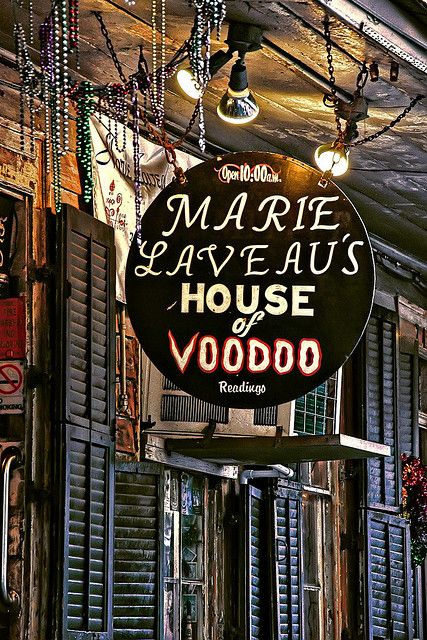
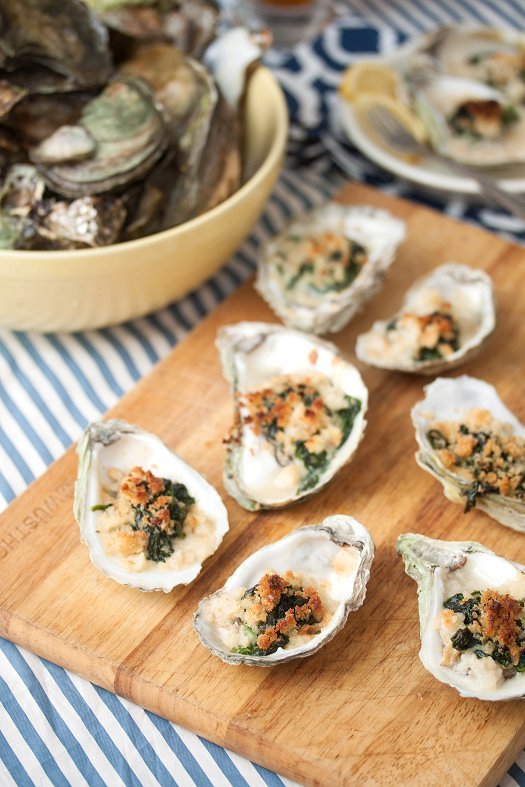
Travel to New Orleans
Best time to go to New Orleans – the 4 seasons in New Orleans
The best time to visit New Orleans depends on your personal preferences and what you want to do while you’re there. Generally, the city’s mild winters and pleasant spring and fall seasons make them the most popular times to visit. During these seasons, you can enjoy the city’s outdoor festivals and events without being overwhelmed by the summer heat and humidity. However, if you’re interested in experiencing New Orleans’ famous Mardi Gras celebration, then you’ll want to plan your trip for late February or early March.
In terms of the seasons, New Orleans has a humid subtropical climate, which means it experiences hot, humid summers and mild winters. Summers in New Orleans are characterized by high temperatures in the 80s and 90s, with frequent thunderstorms and occasional hurricanes. Winters are mild with temperatures in the 50s and 60s, but it can still be damp and chilly at times. Spring and fall are typically the most pleasant times to visit, with mild temperatures, lower humidity, and fewer crowds.
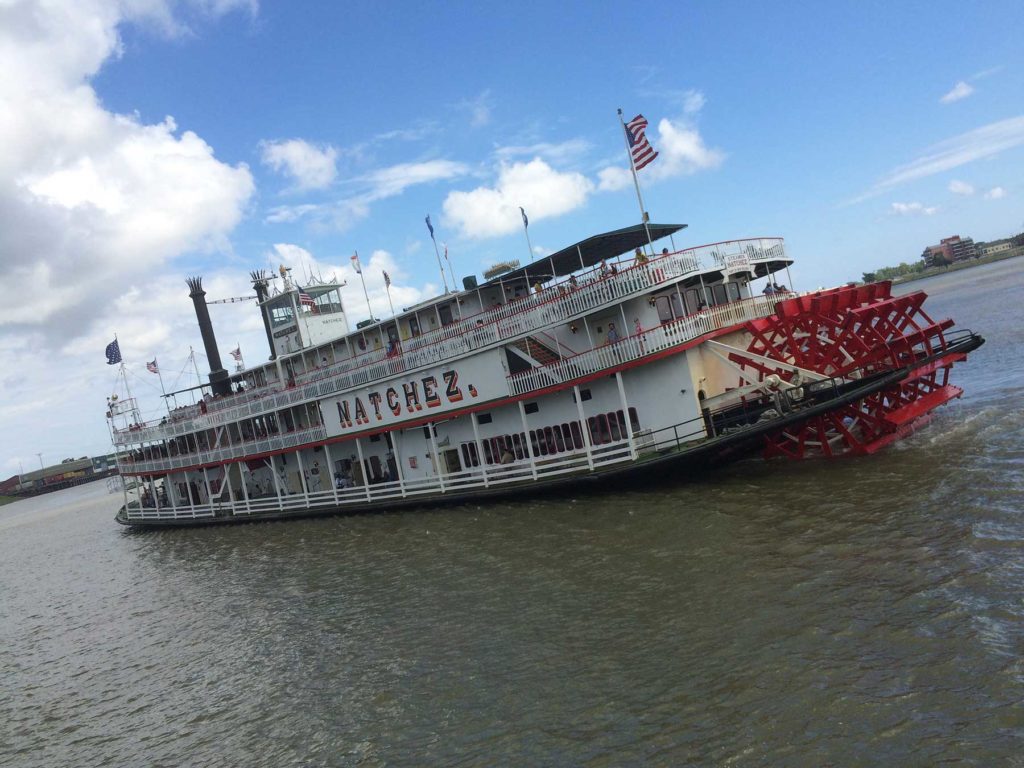
Visa requirements
If you are an American citizen, you do not need a visa to travel to New Orleans or anywhere else within the United States. However, if you are a citizen of a foreign country, you may need a visa to enter the United States.
The visa requirements for entering the United States depend on your nationality and the purpose of your visit. Citizens of many countries can travel to the United States for up to 90 days without a visa under the Visa Waiver Program (VWP). However, to qualify for the VWP, you must have an Electronic System for Travel Authorization (ESTA) approval and meet other eligibility requirements.
If you are not eligible for the VWP, you will need to apply for a tourist visa (B-2 visa) at a US embassy or consulate in your home country. The application process for a tourist visa typically involves an interview with a consular officer and providing documentation such as a passport, travel itinerary, and proof of financial support.
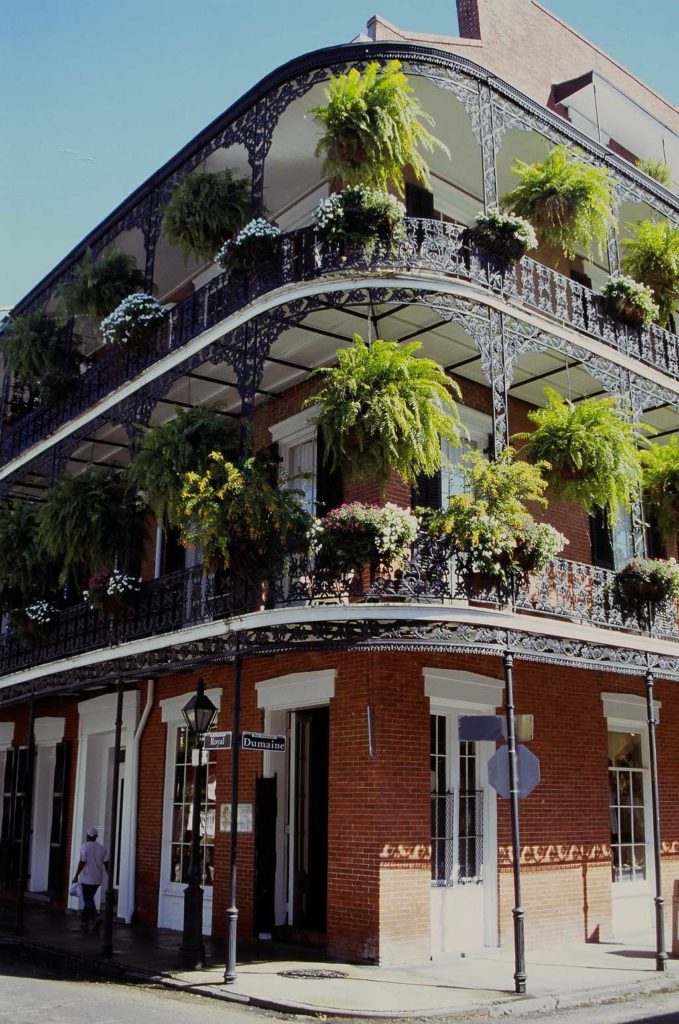
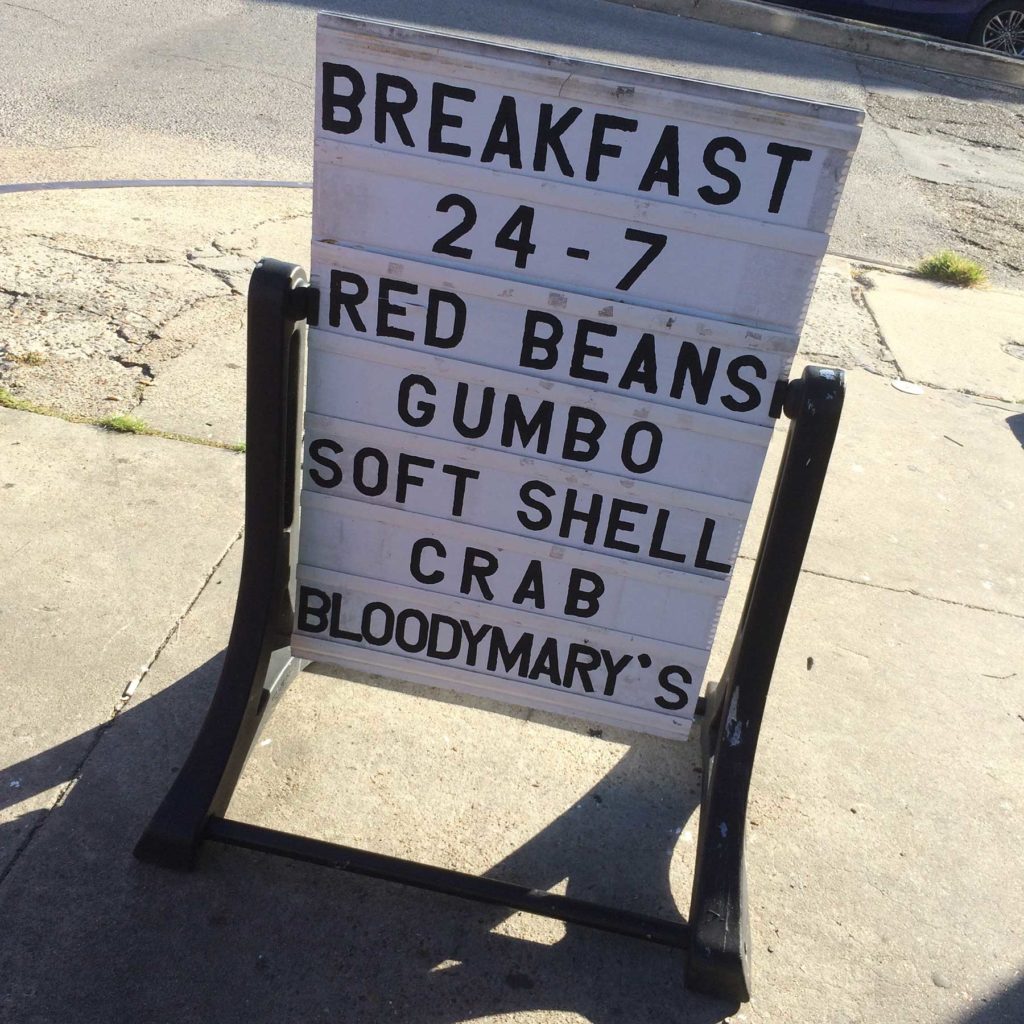
From New Orleans airport to the city center
The Louis Armstrong New Orleans International Airport (MSY) is located approximately 15 miles from the city center. There are several transportation options available to get from the airport to downtown New Orleans:
Taxi: Taxis are available outside of the baggage claim area on the first level of the airport. The cost of a taxi ride from the airport to the city center is a flat rate of $36 for up to two passengers, and $15 per passenger for three or more passengers.
Shuttle: Several shuttle services operate between the airport and downtown New Orleans, with fares ranging from $20 to $25 per person. Some popular shuttle services include Airport Shuttle New Orleans and Airport Limousine New Orleans.
Public Transportation: The Regional Transit Authority (RTA) operates several bus routes that connect the airport to downtown New Orleans. The cost of a one-way fare is $2.00. The Airport-Downtown Express (E2) route is a popular option, with buses departing every 30 minutes from the airport to downtown New Orleans.
Rental Car: Several car rental companies operate at the airport, with on-site rental car counters located on the first level of the terminal.
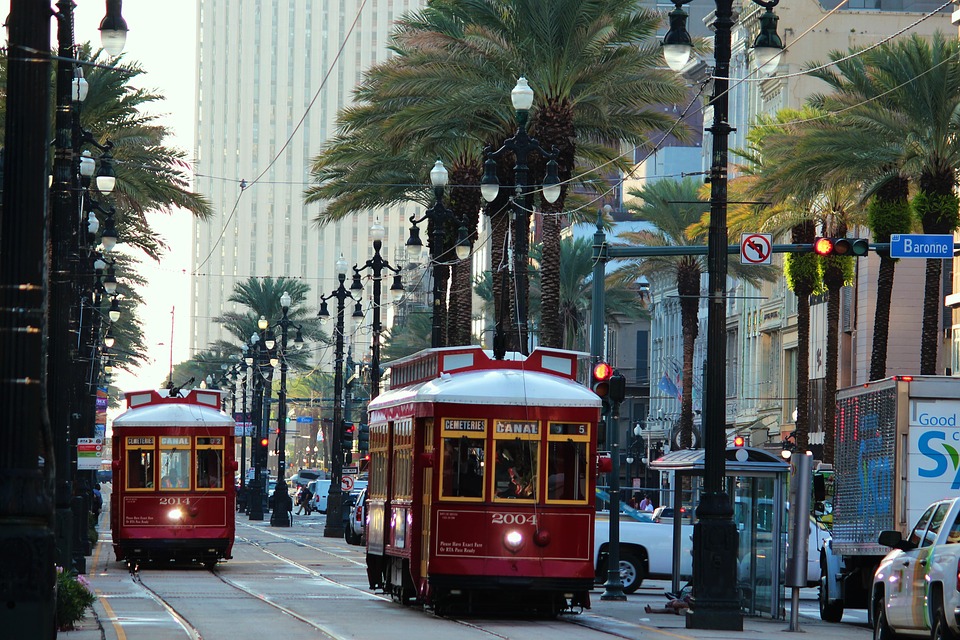
The best ways to get around New Orleans
New Orleans is a city that is easy to navigate and has a variety of transportation options available to visitors. Here are some of the best ways to get around New Orleans:
Walking: New Orleans is a compact city, and walking is often the best way to explore its many neighborhoods and attractions. Many of the city’s popular destinations, such as the French Quarter and the Garden District, are easily walkable.
Streetcars: New Orleans is known for its historic streetcars, which are a fun and unique way to get around the city. The St. Charles streetcar line is the oldest continuously operating streetcar line in the world and takes visitors through some of the city’s most beautiful neighborhoods.
Buses: The Regional Transit Authority (RTA) operates an extensive bus network throughout New Orleans, with fares starting at $1.25 for a one-way trip. The bus system can be a great way to reach destinations that are further away from the city center.
Taxis and Ride-Sharing: Taxis and ride-sharing services such as Uber and Lyft are widely available in New Orleans and can be a convenient option for getting around the city, especially late at night.
Biking: New Orleans has a growing network of bike lanes and dedicated bike paths, making it a great city to explore on two wheels. Several bike rental companies are available throughout the city, and many hotels offer bike rentals as well.


Explore New Orleans neighbourhoods
French Quarter: The French Quarter is one of the most iconic and historic neighborhoods in New Orleans. It is home to many of the city’s most famous attractions, including Bourbon Street, Jackson Square, and the St. Louis Cathedral. Visitors can explore the narrow streets and alleyways, admire the beautiful architecture, and enjoy the many bars, restaurants, and shops.
Garden District: The Garden District is known for its stunning mansions, lush gardens, and historic architecture. Visitors can take a self-guided walking tour of the neighborhood, visit the famous Lafayette Cemetery No. 1, or take a streetcar ride down St. Charles Avenue to see some of the most beautiful homes in the city.
Central Business District: The Central Business District (CBD) is the commercial heart of New Orleans and is home to many of the city’s largest businesses and hotels. Visitors can explore the bustling streets, admire the historic architecture, and visit attractions such as the National World War II Museum or the Ogden Museum of Southern Art.
Marigny/Bywater: The Marigny and Bywater neighborhoods are located just east of the French Quarter and are known for their colorful houses, street art, and lively music scene. Visitors can explore the many bars, restaurants, and music venues along Frenchmen Street, take a walk along the Mississippi River levee, or admire the street art and murals throughout the neighborhood.
Treme: Treme is one of the oldest neighborhoods in New Orleans and is known for its rich history and culture. Visitors can visit the Backstreet Cultural Museum to learn about the city’s Mardi Gras Indian culture, take a walking tour of the historic architecture, or visit the St. Augustine Catholic Church, one of the oldest African American Catholic churches in the country.
Uptown: The Uptown neighborhood is located along the Mississippi River and is known for its beautiful homes, universities, and parks. Visitors can take a stroll through Audubon Park, visit the historic Loyola and Tulane University campuses, or admire the many beautiful homes along St. Charles Avenue.

Attractions and things to do
Top attractions to see in New Orleans
The French Quarter: The French Quarter is one of the most iconic and historic neighborhoods in New Orleans and is home to many of the city’s top attractions. Some of the must-see sights in the French Quarter include Jackson Square, the St. Louis Cathedral, Bourbon Street, and the French Market. Most of these attractions are free to visit, although some guided tours and activities may have a cost.
National World War II Museum: The National World War II Museum is one of the top-rated museums in the country and offers an immersive experience that tells the story of the war from the perspective of the soldiers, sailors, and civilians who lived through it. Admission prices start at $29.50 for adults, with discounts available for seniors, students, and military members.
Audubon Zoo: The Audubon Zoo is home to over 2,000 animals from around the world and is one of the top zoos in the country. Admission prices start at $24.95 for adults, with discounts available for seniors, children, and military members.
Garden District: The Garden District is known for its stunning mansions, lush gardens, and historic architecture. Visitors can take a self-guided walking tour of the neighborhood for free, or join a guided tour for a fee.
New Orleans Jazz National Historical Park: The New Orleans Jazz National Historical Park is a must-visit destination for music lovers. The park offers free ranger-led tours and educational programs, as well as free concerts and performances throughout the year.
Mardi Gras: Mardi Gras is one of the most famous and celebrated events in New Orleans, drawing visitors from around the world to experience the city’s colorful parades, elaborate costumes, and festive atmosphere. While many of the Mardi Gras events are free to attend, some activities, such as admission to private parties or parade viewing stands, may have a cost.
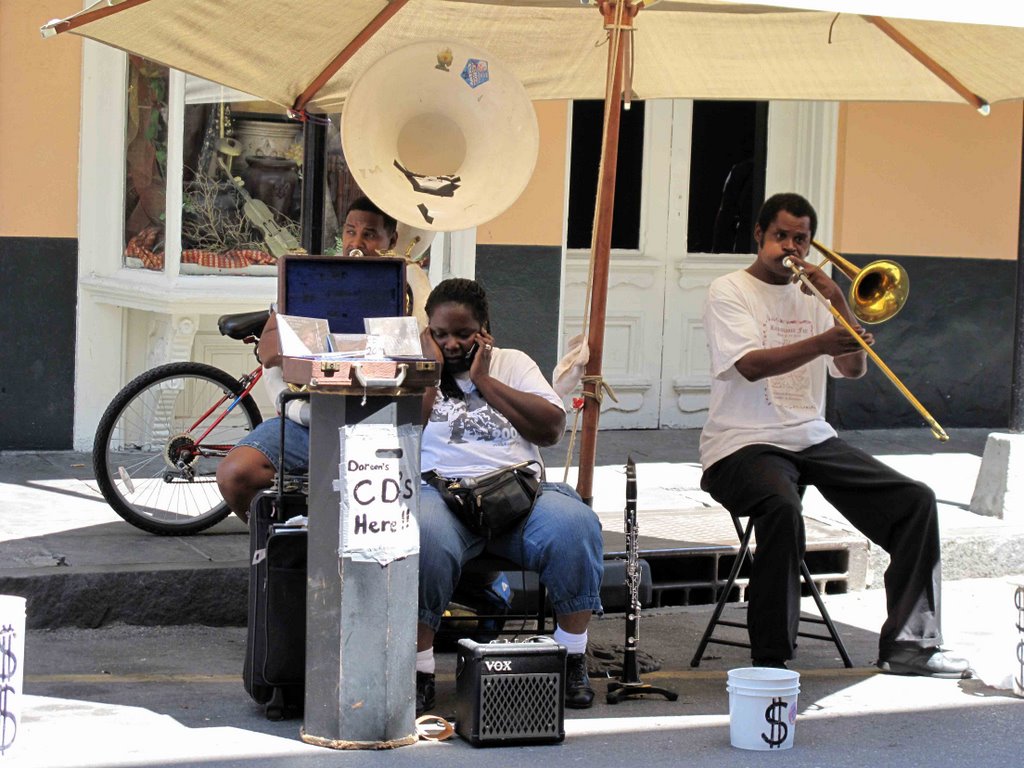
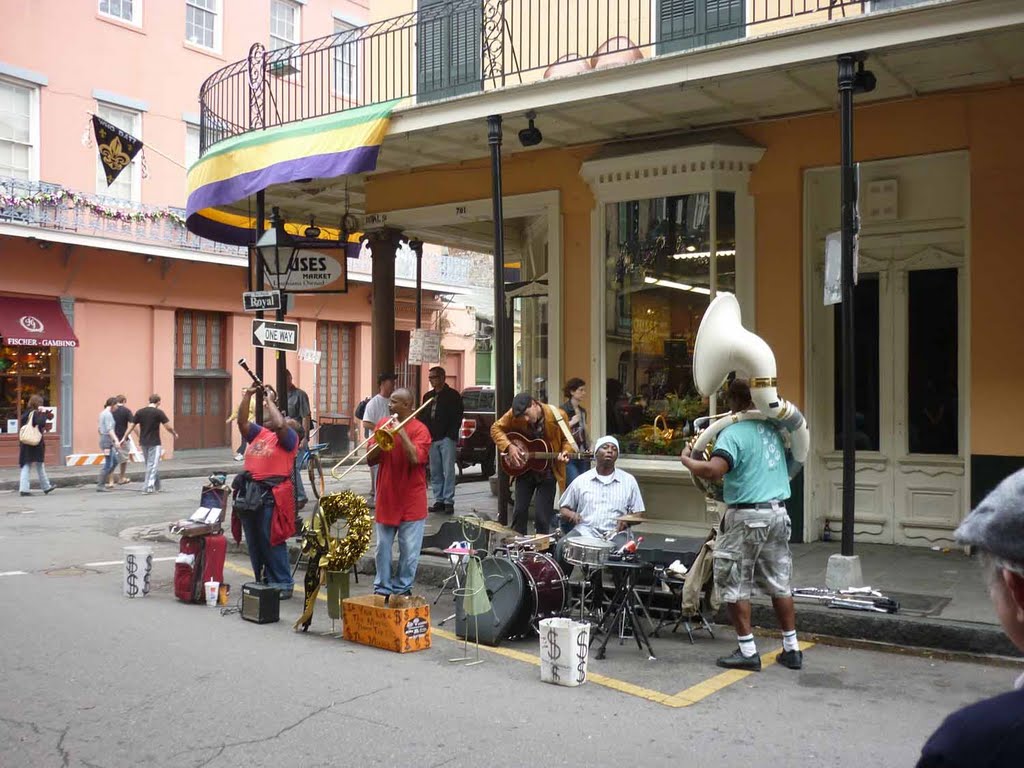
Fun things to do in New Orleans
Known for its music, food, and festivals, this lively city offers a variety of fun activities for visitors. Here is a presentation of the top 15 fun things to do in New Orleans based on ratings and reviews.
The French Quarter:
The historic heart of New Orleans, the French Quarter is a must-visit destination. Stroll along its narrow streets lined with colorful buildings showcasing cast-iron balconies and lush courtyards. Enjoy the lively atmosphere, street performers, and unique shops selling local crafts and souvenirs.
Bourbon Street:
Bourbon Street is synonymous with New Orleans nightlife. This famous street is packed with bars, clubs, and restaurants that offer live music and entertainment. It’s the perfect place to enjoy a drink, dance, and soak in the city’s vibrant energy.
Jackson Square:
Located in the French Quarter, Jackson Square is a lively hub surrounded by historic buildings. The square is named after Andrew Jackson and features a statue of the former president. This picturesque area is home to street artists, performers, and fortune-tellers.
Café du Monde:
A trip to New Orleans is incomplete without a visit to Café du Monde. Established in 1862, this iconic café is famous for its beignets, a delicious deep-fried pastry coated in powdered sugar, and café au lait. Open 24 hours a day, it’s the perfect spot to relax and indulge in these local treats.
The Garden District:
The Garden District is a beautiful and upscale neighborhood known for its well-preserved historic mansions, lush gardens, and oak-lined streets. Take a guided walking tour to learn about the history and architecture of this charming area, or simply wander around and admire the scenery.
Steamboat Natchez:
Experience the Mississippi River aboard the Steamboat Natchez, one of the last authentic steamboats in New Orleans. Enjoy a leisurely cruise with live jazz music, delicious food, and stunning views of the city’s skyline.
The National WWII Museum:
Rated as one of the best museums in the United States, The National WWII Museum is a must-visit for history buffs. The museum offers an immersive experience through multimedia exhibits, personal accounts, and artifacts that showcase the story of World War II and its impact on the world.
Mardi Gras World:
Discover the magic behind New Orleans’ most famous celebration at Mardi Gras World. Tour the working warehouse where elaborate floats are created and learn about the history and traditions of Mardi Gras. You can even try on costumes and sample king cake.
Preservation Hall:
Established in 1961, Preservation Hall is a historic music venue dedicated to the preservation and celebration of New Orleans jazz. Attend one of their nightly performances to experience the vibrant sounds of traditional jazz in an intimate, unpretentious setting.
Ghost and Vampire Tours:
New Orleans has a long history filled with tales of the supernatural. Explore the city’s darker side with a guided ghost or vampire tour. Visit haunted locations, learn about local legends, and hear chilling stories that will give you goosebumps.
City Park:
Covering over 1,300 acres, City Park is one of the largest urban parks in the United States. Enjoy outdoor activities like biking, boating, and golfing, or visit the New Orleans Museum of Art and the enchanting sculpture garden. The park is also home to the Carousel Gardens Amusement Park and Storyland, which are perfect for families with young children.
The Audubon Nature Institute:
The Audubon Nature Institute encompasses several attractions including the Audubon Zoo, Aquarium of the Americas, and the Insectarium. These family-friendly destinations showcase a diverse array of animals, marine life, and insects, providing fun and educational experiences for all ages.
Frenchmen Street:
Located just outside the French Quarter, Frenchmen Street is a popular spot for live music and nightlife. With a more local feel than Bourbon Street, visitors can enjoy jazz clubs, bars, and restaurants offering authentic New Orleans cuisine and entertainment.
St. Louis Cemetery No. 1:
As the oldest cemetery in New Orleans, St. Louis Cemetery No. 1 is a fascinating destination for history and architecture enthusiasts. Explore the above-ground tombs, ornate mausoleums, and intricate ironwork, while learning about the city’s unique burial customs. Notable figures buried here include Marie Laveau, the famous voodoo priestess, and Homer Plessy of the landmark Plessy v. Ferguson Supreme Court case.
The New Orleans Jazz & Heritage Festival:
Held annually in late April and early May, the New Orleans Jazz & Heritage Festival is a celebration of the city’s rich musical culture. The festival features local, national, and international acts performing jazz, blues, gospel, and more. In addition to the music, visitors can enjoy delicious local cuisine, crafts, and cultural exhibits.
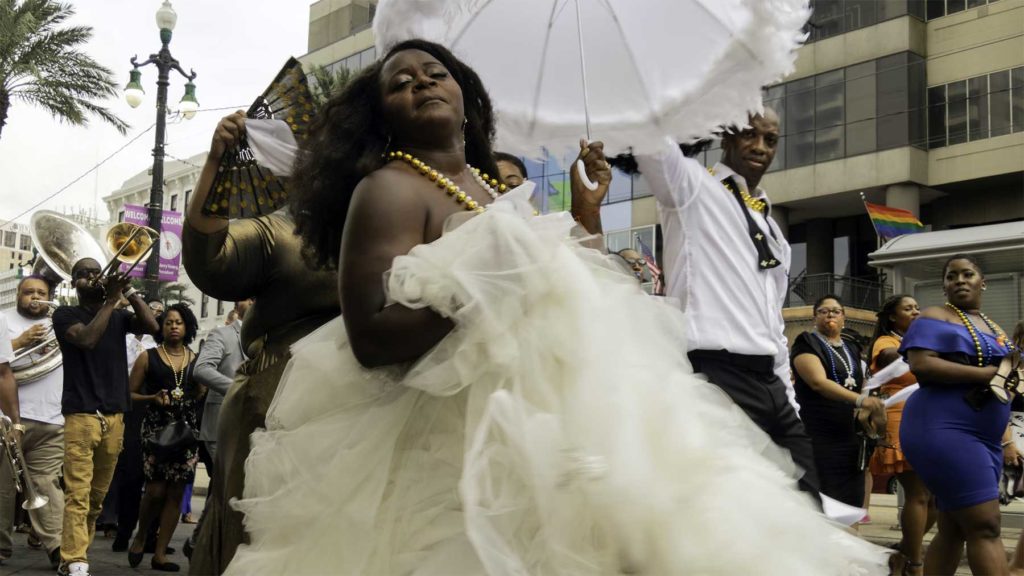
Things to do with kids and teens in New Orleans
Fun things to do with kids in New Orleans:
Audubon Zoo: Take a walk on the wild side at the Audubon Zoo, which has over 2,000 animals from around the world.
Storyland: This whimsical park features larger-than-life characters from classic fairy tales and nursery rhymes.
Children’s Museum: This interactive museum features exhibits on science, art, and culture that are designed for kids.
Swamp Tour: Take a guided boat tour of the Louisiana bayou to see alligators, turtles, and other wildlife up close.
Mardi Gras World: Learn about the history of Mardi Gras and see the elaborate floats that are used in the annual parade.
Fun things to do with teens in New Orleans:
Ghost Tour: Take a spooky night tour of the French Quarter to learn about the city’s haunted past.
Jazz Music: New Orleans is known for its jazz music, and there are plenty of venues where you can listen to live music.
Voodoo Museum: Learn about the history and practice of voodoo at this small museum in the French Quarter.
Food Tour: New Orleans is famous for its cuisine, so take a food tour to sample local favorites like beignets, gumbo, and po’boys.
Street Art: Take a walk through the Bywater neighborhood to see colorful street art murals and graffiti.
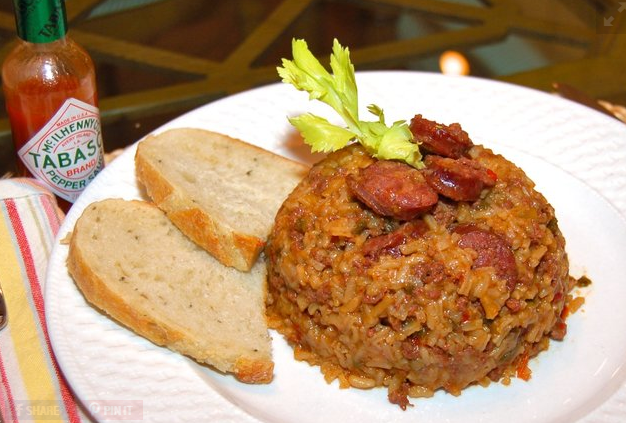
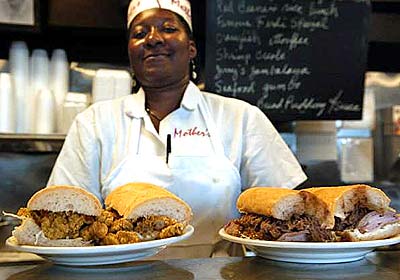
Experience New Orleans like a local
New Orleans is a city with a rich culture and a strong sense of community, and locals often enjoy spending their free time engaging in activities that reflect the city’s unique character. Here are some things that locals like to do in their free time in New Orleans:
Listen to live music: New Orleans is known as the birthplace of jazz, and live music can be found all over the city, from the clubs on Frenchmen Street to the outdoor concerts at Lafayette Square.
Visit local markets: The city has several open-air markets, including the famous French Market, where locals can shop for fresh produce, seafood, and other goods.
Attend festivals: New Orleans is famous for its festivals, including Mardi Gras, Jazz Fest, and the French Quarter Festival. Locals love to attend these events to celebrate their city’s unique culture and heritage.
Enjoy local cuisine: From gumbo and jambalaya to po-boys and beignets, New Orleans has a rich culinary history that locals take pride in. They enjoy dining at local restaurants and trying new dishes.
Explore the city’s history: New Orleans has a rich history that is reflected in its architecture, museums, and historical sites. Locals like to take tours of the city’s historic neighborhoods and visit landmarks like the St. Louis Cathedral and the National World War II Museum.
Engage in outdoor activities: New Orleans has several parks and outdoor spaces, including City Park and Audubon Park, where locals can bike, jog, picnic, or simply relax in the shade of the oak trees.
Participate in local traditions: New Orleans has several unique traditions, such as second lines, where locals parade through the streets, dancing and playing music. They also enjoy decorating their homes for Mardi Gras and other festivals.
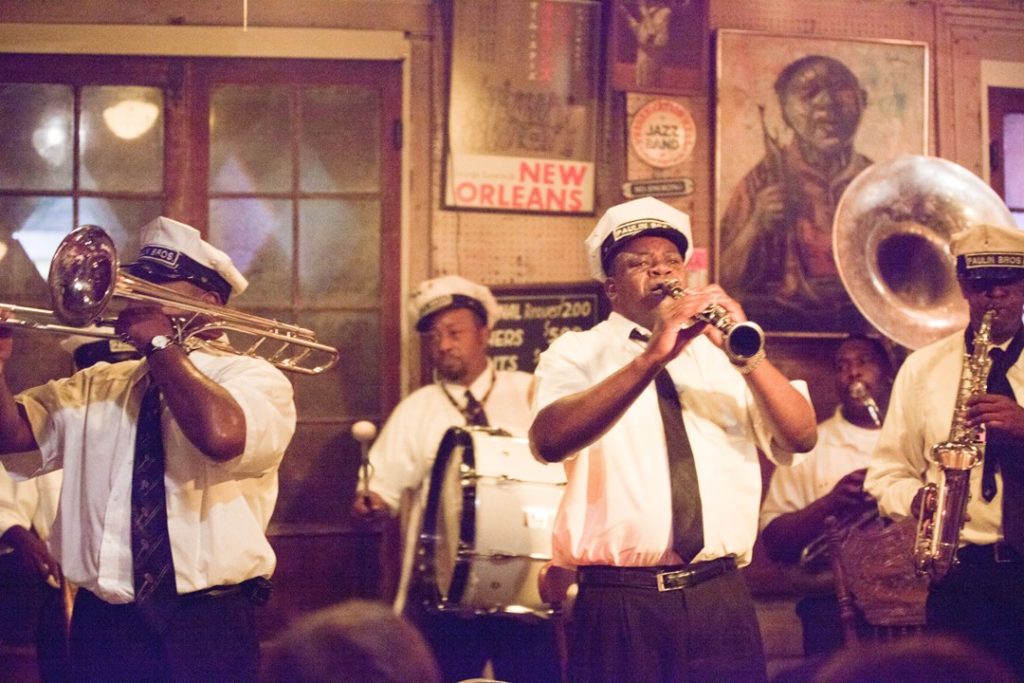
Where to stay in New orleans
The Ritz-Carlton, New Orleans – Located in the heart of the French Quarter, The Ritz-Carlton features luxury accommodations, a world-class spa, and award-winning restaurants. The hotel is housed in a historic Beaux Arts building and offers elegant décor and personalized service.
Hotel Monteleone – This historic hotel has been a New Orleans landmark since 1886 and offers luxurious accommodations, an award-winning restaurant, and a rooftop bar with stunning views of the city. The hotel is located in the heart of the French Quarter and is within walking distance of many of the city’s top attractions.
Windsor Court Hotel – This elegant hotel is located in the Central Business District and offers luxurious accommodations, an award-winning restaurant, and a rooftop pool with panoramic views of the city. The hotel is known for its impeccable service and attention to detail.
The Roosevelt New Orleans – This iconic hotel is located in the heart of the Central Business District and features luxurious accommodations, multiple dining options, and a rooftop bar with stunning views of the city. The hotel has a rich history and has hosted many famous guests over the years.
The Pontchartrain Hotel – This boutique hotel is located in the historic Garden District and features stylish accommodations, a rooftop bar with stunning views of the city, and an award-winning restaurant. The hotel is known for its quirky décor and unique charm.
The Ace Hotel New Orleans – This trendy hotel is located in the Central Business District and features stylish accommodations, multiple dining options, and a rooftop pool with stunning views of the city. The hotel has a modern, hip vibe and is a popular spot for young travelers.
The International House Hotel – This boutique hotel is located in the Central Business District and offers stylish accommodations, an award-winning restaurant, and a rooftop bar with stunning views of the city. The hotel is housed in a historic building and features unique design elements and artwork.
Le Pavillon Hotel – This historic hotel is located in the Central Business District and features luxurious accommodations, an award-winning restaurant, and a rooftop terrace with panoramic views of the city. The hotel has a grand, old-world charm and is known for its opulent décor and personalized service.
The Old No. 77 Hotel & Chandlery – This boutique hotel is located in the Warehouse District and features stylish accommodations, an award-winning restaurant, and an art gallery showcasing local artists. The hotel has a trendy, artistic vibe and is a popular spot for young travelers.
The NOPSI Hotel – This historic hotel is located in the Central Business District and offers luxurious accommodations, multiple dining options, and a rooftop pool with stunning views of the city. The hotel is housed in a former power plant and features unique design elements and industrial-chic décor.

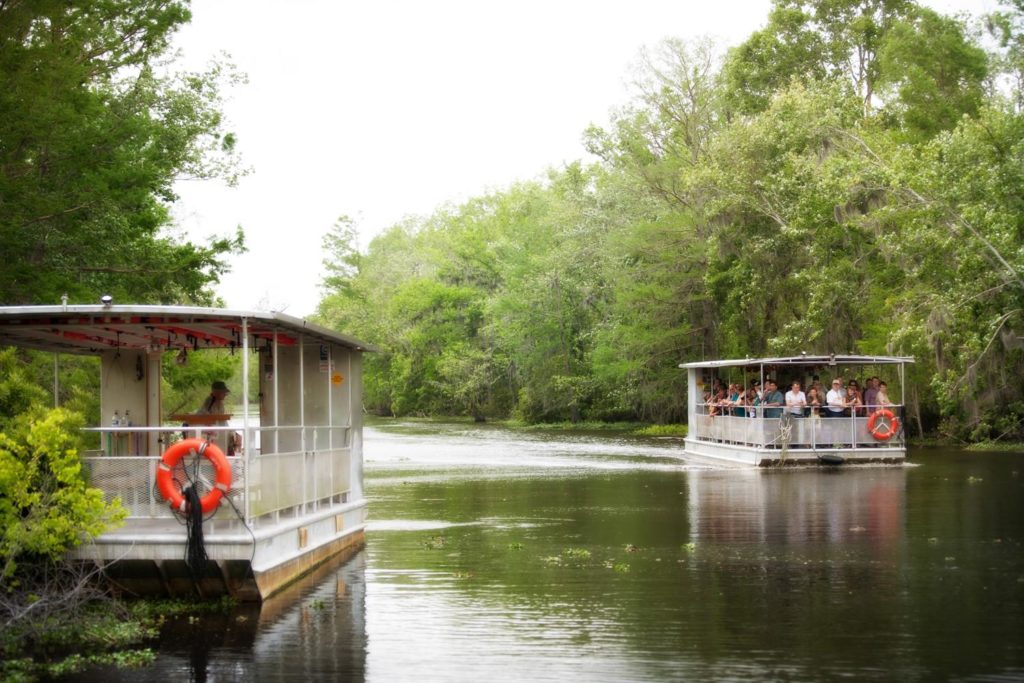
Food and drinks
Traditional dishes of New Orleans to try
New Orleans is famous for its rich culinary history, and there are several traditional dishes that you should try while visiting the city. Here are some popular dishes and the places where you can find them:
Jambalaya – Jambalaya is a one-pot dish made with rice, meat (usually chicken and sausage), vegetables, and a variety of spices. It’s a staple in Cajun and Creole cuisine and can be found at many restaurants around the city, including K-Paul’s Louisiana Kitchen, Commander’s Palace, and Dooky Chase’s.
Gumbo – Gumbo is a hearty stew made with a roux, vegetables, meat or seafood, and spices. It’s typically served over rice and is a favorite in Louisiana cuisine. Some popular places to try gumbo include Galatoire’s, Cochon, and Herbsaint.
Po’ Boys – A po’ boy is a sandwich made with French bread and filled with fried seafood, roast beef, or other meats. It’s a classic New Orleans dish and can be found at many local sandwich shops, including Parkway Bakery & Tavern, Johnny’s Po-Boys, and Domilise’s.
Beignets – Beignets are a type of French donut, served hot and covered in powdered sugar. They are a popular breakfast or dessert item and can be found at the iconic Café Du Monde in the French Quarter, as well as at Café Beignet and Morning Call.
Crawfish Etouffee – Etouffee is a Cajun dish made with a roux, onions, peppers, and seafood (usually crawfish). It’s served over rice and is a must-try dish while in New Orleans. Some popular places to try crawfish etouffee include Commander’s Palace, Arnaud’s, and Bon Ton Cafe.
Red Beans and Rice – Red beans and rice is a classic Creole dish made with red beans, smoked sausage, and a variety of seasonings. It’s typically served with rice and cornbread and can be found at many local restaurants, including Coop’s Place, Dooky Chase’s, and The Gumbo Shop.
Muffuletta – The muffuletta is a sandwich made with a round sesame seed bread and filled with ham, salami, cheese, and olive salad. It’s a classic New Orleans dish and can be found at the Central Grocery & Deli in the French Quarter, as well as at Cochon Butcher and Nor-Joe Importing Company.


New Orleans iconic restaurants
New Orleans is known for its rich culinary history, and there are several iconic restaurants in the city that are a must-visit for anyone looking to experience its unique cuisine. Here are some of the most famous restaurants in New Orleans:
Commander’s Palace – This elegant Garden District restaurant has been a fixture in New Orleans since 1880 and is known for its upscale Creole cuisine. It’s a favorite among locals and visitors alike and has won numerous awards over the years.
Antoine’s – Antoine’s is the oldest family-run restaurant in the United States, having been in business since 1840. It’s a New Orleans institution and is known for its classic French-Creole dishes, such as Oysters Rockefeller and Pompano en Papillote.
Galatoire’s – Galatoire’s is a French-Creole restaurant in the heart of the French Quarter and has been serving classic New Orleans cuisine since 1905. It’s known for its signature dish, Crabmeat Maison, as well as its elegant dining room and lively atmosphere.
Brennan’s – Brennan’s is another iconic French Quarter restaurant known for its upscale Creole cuisine and elegant dining room. It’s famous for its Bananas Foster dessert, which was created at the restaurant in the 1950s.
Cafe du Monde – No visit to New Orleans would be complete without a stop at Cafe du Monde, the iconic coffee and beignet shop in the French Quarter. It’s open 24 hours a day and is a favorite among locals and tourists alike.
Emeril’s – Emeril’s is a contemporary Creole restaurant in the Warehouse District and is owned by the celebrity chef Emeril Lagasse. It’s known for its inventive dishes and lively atmosphere.
Cochon – Cochon is a popular restaurant in the Warehouse District that specializes in Cajun and Southern cuisine. It’s known for its house-made charcuterie and other meat dishes, as well as its casual atmosphere.

New Orleans best rooftops
New Orleans is a city with a rich history, unique culture, and stunning architecture, and there are several rooftops that offer great views of the city’s skyline. Here are some of the best rooftops in New Orleans:
Hot Tin – Hot Tin is located on the rooftop of the Pontchartrain Hotel in the Garden District and offers panoramic views of the city. The rooftop bar is known for its craft cocktails and live music, and the space has a retro vibe that evokes the glamour of old New Orleans.
Monkey Board – Monkey Board is a rooftop bar on top of The Troubadour Hotel in the Central Business District. It’s known for its fun atmosphere, stunning views, and playful menu of street food-inspired dishes.
Alto – Alto is located on the rooftop of the Ace Hotel in the Warehouse District and offers sweeping views of the city’s skyline. The rooftop bar is known for its craft cocktails, small plates, and relaxed atmosphere.
Bar Marilou – Bar Marilou is a rooftop bar on top of Maison de la Luz hotel in the Warehouse District. It’s a chic and sophisticated space with a 1920s Parisian vibe and offers stunning views of the city’s skyline.
The Pontchartrain Hotel – The Pontchartrain Hotel has several rooftop spaces, including the rooftop pool, which offers views of the Mississippi River and the French Quarter. The rooftop bar and lounge are also popular spots for drinks and snacks.
Catahoula Hotel – Catahoula Hotel is located in the Central Business District and has a rooftop bar that offers views of the city’s skyline. The rooftop is known for its laid-back atmosphere, craft cocktails, and small plates.
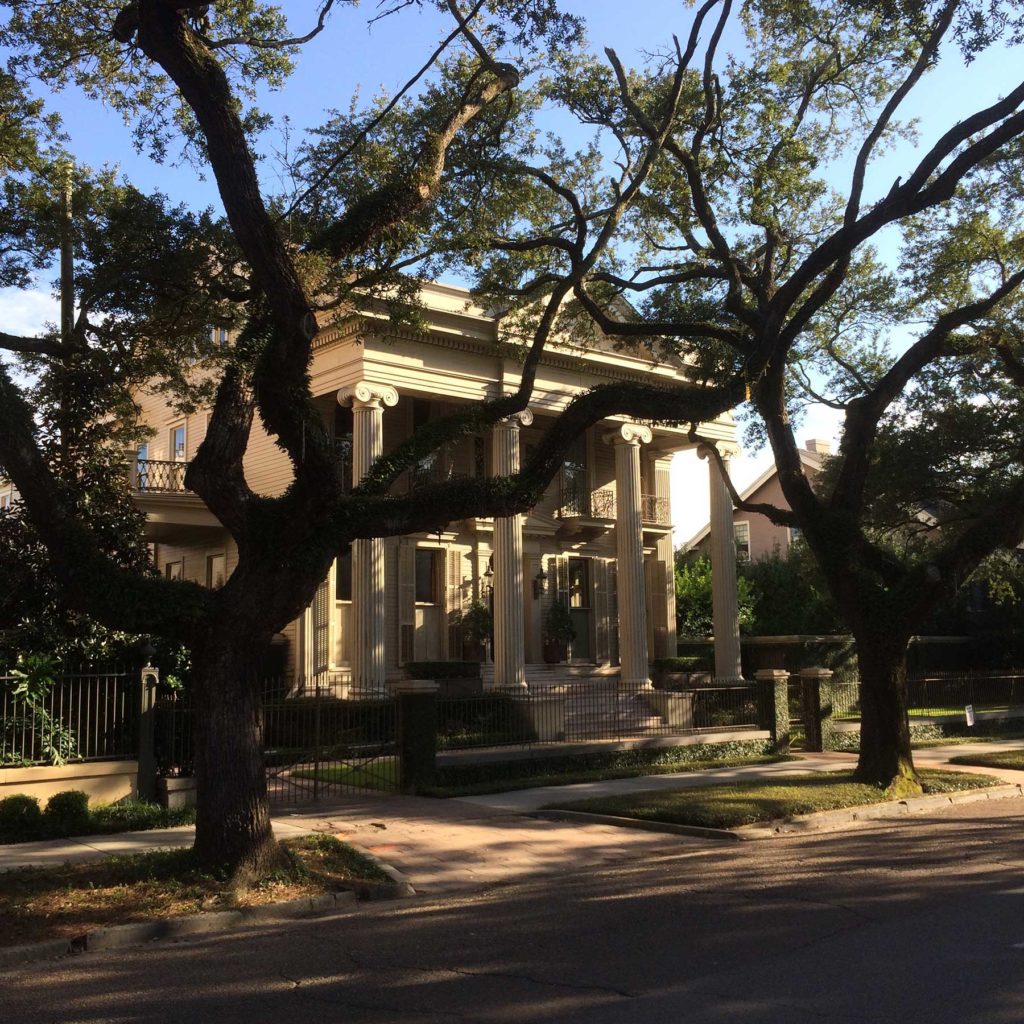
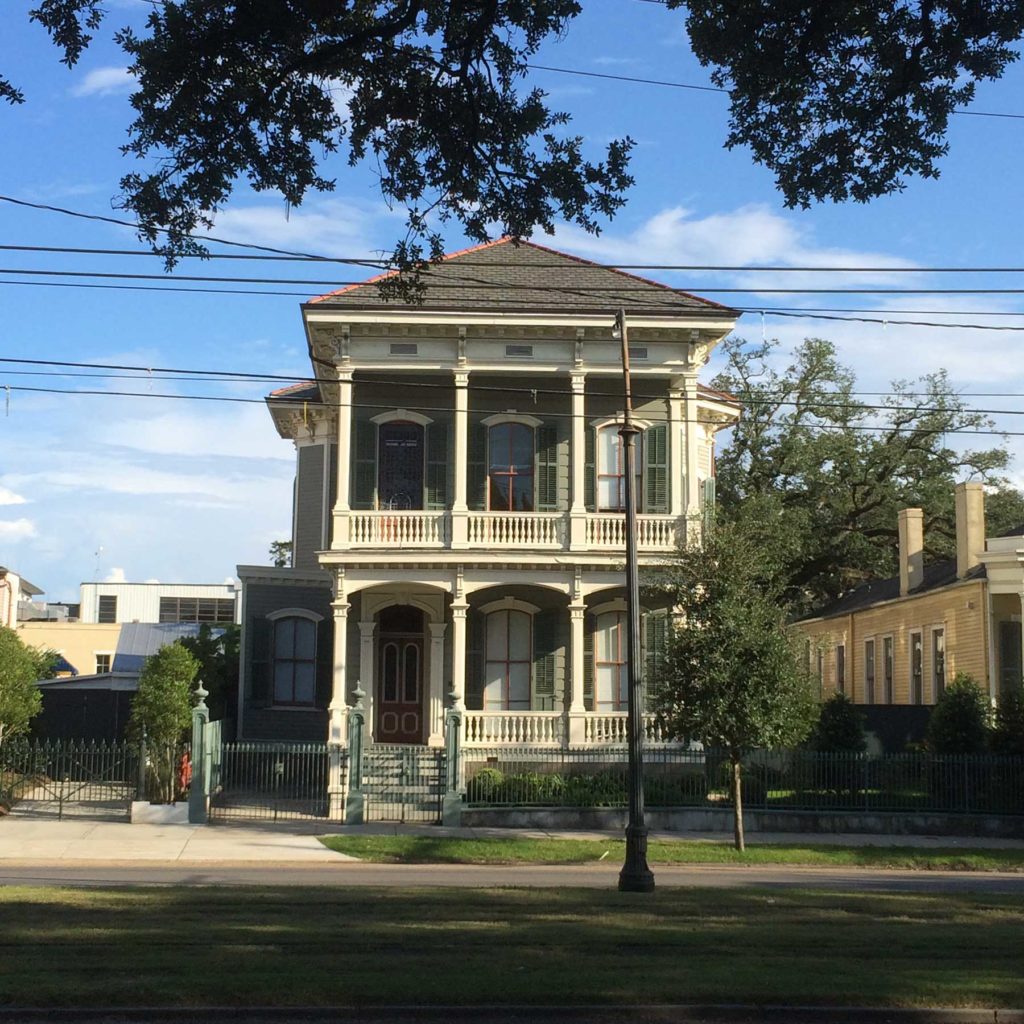
Cool bars in New Orleans
New Orleans is known for its vibrant nightlife, and there are several cool bars in the city that offer unique atmospheres, great drinks, and lively crowds. Here are some of the best bars in New Orleans and where you can find them:
Frenchmen Street – Frenchmen Street is a popular destination for live music and has several bars and clubs that feature jazz, blues, and other styles of music. Some popular bars on Frenchmen Street include The Spotted Cat Music Club, d.b.a., and Blue Nile.
Bourbon Street – Bourbon Street is the most famous nightlife destination in New Orleans and is home to several bars and clubs that cater to tourists and locals alike. Some popular bars on Bourbon Street include Pat O’Brien’s, Lafitte’s Blacksmith Shop Bar, and The Old Absinthe House.
The Sazerac Bar – The Sazerac Bar is located in the historic Roosevelt Hotel and is known for its classic cocktails, elegant decor, and live music. It’s a popular spot for a pre-dinner drink or a nightcap and is one of the most iconic bars in the city.
The Carousel Bar & Lounge – The Carousel Bar & Lounge is located in the Hotel Monteleone in the French Quarter and features a rotating carousel bar that was installed in 1949. It’s a popular spot for a drink and is known for its classic cocktails and lively atmosphere.
Erin Rose – Erin Rose is a popular Irish pub in the French Quarter and is known for its frozen Irish coffee and po’boys. It’s a laid-back spot that’s popular with locals and tourists alike.
The Bulldog – The Bulldog is a casual bar with several locations around the city that specialize in craft beer. It’s a popular spot for a drink and features a wide selection of beers on tap and in bottles.
Bacchanal Fine Wine & Spirits – Bacchanal Fine Wine & Spirits is located in the Bywater neighborhood and is known for its extensive wine selection, live music, and outdoor courtyard. It’s a popular spot for a relaxing evening with friends.
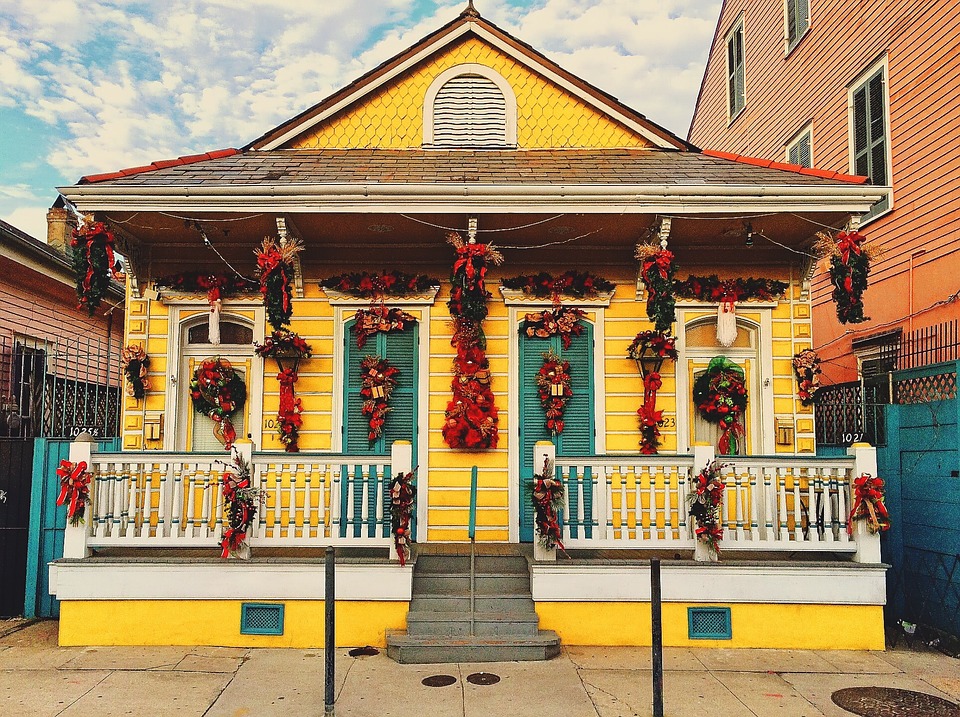
What not to do in New Orleans: things to avoid
Like any city, there are some things that visitors should avoid doing to ensure a safe and enjoyable experience. Here are some things to avoid doing in New Orleans:
Don’t walk alone at night in unfamiliar areas: New Orleans has some neighborhoods that are more dangerous than others, particularly at night. Visitors should stick to well-lit, populated areas and avoid walking alone in unfamiliar areas.
Don’t drink too much alcohol: New Orleans is famous for its party scene, but it’s important to drink responsibly and avoid overindulging in alcohol. Excessive drinking can lead to accidents, injuries, and other negative outcomes.
Don’t ignore the weather: New Orleans is prone to tropical storms and hurricanes, particularly during the summer and fall months. Visitors should keep an eye on the weather forecast and be prepared for potential storms.
Don’t litter: New Orleans is a beautiful city, but littering can detract from its charm and contribute to environmental problems. Visitors should dispose of their trash properly and help keep the city clean.
Don’t disrespect the local culture: New Orleans has a unique culture and history, and visitors should be respectful of the city’s traditions and customs. This includes avoiding offensive behavior or language, dressing appropriately for cultural events, and being mindful of local customs.
Don’t engage in illegal activities: New Orleans has strict laws regarding drugs, prostitution, and other illegal activities. Visitors should avoid engaging in these activities and respect the local laws and regulations.

Shopping, taxes and tipping in New Orleans
In New Orleans, there are several taxes and service charges that visitors should be aware of when shopping or dining out. Here’s a breakdown of some of the most common fees and charges:
Sales Tax:
New Orleans has a sales tax rate of 9.45%, which is comprised of the state sales tax rate of 4.45% and the local sales tax rate of 5%. This tax is added to most retail purchases made within the city.
Hotel Taxes:
If you are staying in a hotel, there are additional taxes that may be added to your bill. The hotel tax rate in New Orleans is 15.75%, which includes a state occupancy tax of 5% and a local occupancy tax of 10.75%.
Restaurant Taxes:
When dining out in New Orleans, there are additional taxes that are added to your bill. The city has a sales tax rate of 9.45%, which is applied to food and drinks. In addition, there is a restaurant tax of 4%, which is added to the total cost of your meal.
Service Charges:
Some restaurants in New Orleans may add a service charge to your bill, particularly for large parties. This charge is typically around 18-20% and is intended to cover the cost of service provided by the waitstaff.
Tipping:
In New Orleans, it is customary to tip waitstaff, bartenders, and other service industry workers. The standard tip for good service is 15-20% of the total bill, and this amount may be added to your bill automatically in some restaurants. If you receive exceptional service, you may choose to tip more.

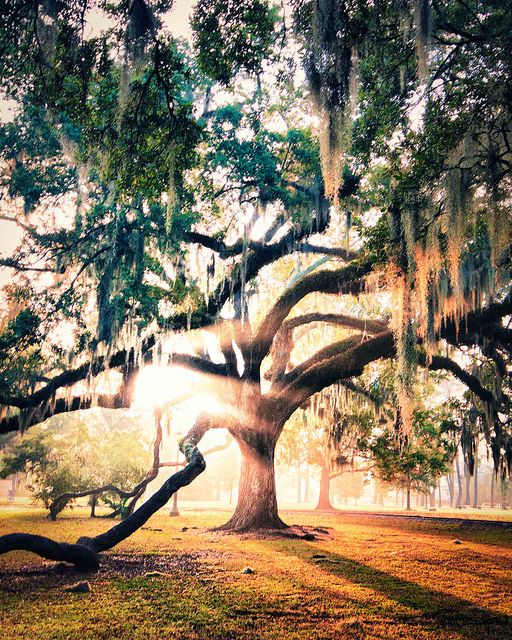
Safety and security in New Orleans
Here are some tips for staying safe in New Orleans:
Be aware of your surroundings: Pay attention to your surroundings, particularly in unfamiliar areas or at night. Avoid walking alone in dark or deserted areas and stick to well-lit, populated areas.
Use caution when carrying valuables: Don’t carry large amounts of cash or wear expensive jewelry in public. Keep your valuables in a secure place, such as a hotel safe, when you’re not using them.
Avoid walking alone at night: If you must walk alone at night, stick to well-lit areas and stay alert. It’s also a good idea to let someone know where you’re going and when you plan to return.
Use reliable transportation: Use reputable taxi services or ride-sharing services like Uber or Lyft, particularly when traveling at night or in unfamiliar areas.
Be cautious with strangers: Be cautious when interacting with strangers and avoid giving out personal information or getting into unfamiliar vehicles.
Follow the law: Obey the laws and regulations of the city, including traffic laws and drinking laws. New Orleans has strict laws regarding drugs, prostitution, and other illegal activities, so it’s important to avoid engaging in these activities.
give me practical travel advice about New Orleans, such as electricity charging, ease to find cash or to pay by card, and other practical info for foreigners.
Electricity and Charging: The electrical system in New Orleans operates on 120 volts AC, 60Hz, which is the same as the rest of the United States. If you’re traveling from a country with a different electrical system, you may need to bring a voltage converter or adapter to charge your electronics.
Payment: Most businesses in New Orleans accept credit cards, including Visa, MasterCard, and American Express. However, it’s always a good idea to carry some cash for smaller purchases or in case of emergencies. ATMs are widely available in the city, and most major banks have branches or ATMs in New Orleans.
Weather: New Orleans has a subtropical climate, with hot and humid summers and mild winters. If you’re visiting during the summer months, be prepared for high temperatures and humidity, and be sure to stay hydrated. In the winter, temperatures can be mild, but it’s a good idea to bring a light jacket or sweater.
Transportation: New Orleans is a walkable city, and many of the major attractions are located within walking distance of each other. However, if you need to travel further, there are several transportation options available, including taxis, ride-sharing services like Uber and Lyft, and public transportation like buses and streetcars.
Language: English is the primary language spoken in New Orleans, but many locals also speak French, Spanish, and other languages. If you’re not fluent in English, it’s a good idea to bring a translation app or phrasebook with you.
Safety: While New Orleans is generally a safe city, visitors should take precautions to ensure their safety and security, particularly at night or in unfamiliar areas. Be aware of your surroundings, avoid carrying large amounts of cash or valuables in public, and use reliable transportation.

New Orleans in movies
The Princess and the Frog (2009) – This Disney animated movie tells the story of Tiana, a young woman in 1920s New Orleans who dreams of opening her own restaurant. When she meets a prince who has been turned into a frog, she embarks on a magical adventure to help him become human again. The voice cast includes Anika Noni Rose, Bruno Campos, Keith David, and Oprah Winfrey.
12 Years a Slave (2013) – This historical drama tells the true story of Solomon Northup, a free African American man who was kidnapped and sold into slavery in the 1800s. The movie was filmed in several locations around New Orleans, including the historic Felicity Plantation. The cast includes Chiwetel Ejiofor, Lupita Nyong’o, and Michael Fassbender.
Django Unchained (2012) – This Quentin Tarantino movie is a spaghetti western-style revenge tale set in the American South in the 1800s. Several scenes were filmed in New Orleans, including at the historic Melrose Plantation. The cast includes Jamie Foxx, Christoph Waltz, and Leonardo DiCaprio.
Runaway Jury (2003) – This legal thriller is based on the John Grisham novel of the same name and was filmed in several locations around New Orleans. The movie tells the story of a high-profile trial involving a gun manufacturer, and the cast includes John Cusack, Gene Hackman, and Dustin Hoffman.
Interview with the Vampire (1994) – This movie, based on the Anne Rice novel, tells the story of a vampire who tells his life story to a reporter. Many of the movie’s scenes were filmed in and around New Orleans, including at the historic Lafayette Cemetery No. 1. The cast includes Tom Cruise, Brad Pitt, and Kirsten Dunst.
Easy Rider (1969) – This classic counterculture movie was filmed in several locations around New Orleans, including the French Quarter and the Superdome. The movie tells the story of two bikers who travel across the country in search of freedom and adventure. The cast includes Peter Fonda, Dennis Hopper, and Jack Nicholson.
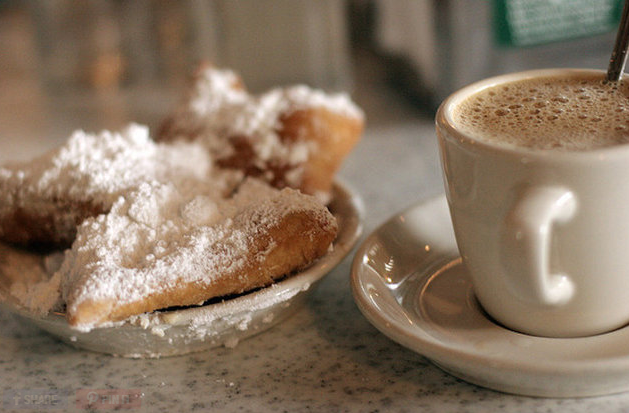

New Orleans in books
New Orleans has been a setting for many books, ranging from historical fiction to contemporary novels. Here are some notable books that take place in New Orleans:
A Confederacy of Dunces by John Kennedy Toole – This Pulitzer Prize-winning novel is set in the 1960s and follows the misadventures of Ignatius J. Reilly, a slothful and opinionated man living in New Orleans. The book is known for its satirical tone and vivid depictions of the city’s streets and characters.
Interview with the Vampire by Anne Rice – This gothic horror novel tells the story of a vampire who recounts his life story to a journalist in New Orleans. The book is known for its lush descriptions of the city’s architecture and atmosphere.
The Awakening by Kate Chopin – This novel, published in 1899, tells the story of a married woman who falls in love with another man while vacationing in Grand Isle, just outside of New Orleans. The book is notable for its exploration of female sexuality and its depiction of life in turn-of-the-century New Orleans.
A Streetcar Named Desire by Tennessee Williams – This play, set in the French Quarter of New Orleans, tells the story of Blanche DuBois, a fading Southern belle who moves in with her sister and brother-in-law. The play is known for its exploration of themes like desire, violence, and madness.
The Feast of All Saints by Anne Rice – This historical novel is set in the 19th century and tells the story of a group of mixed-race people who live in the free black community of New Orleans. The book is known for its rich descriptions of the city’s architecture and customs, as well as its exploration of race and class in the antebellum South.
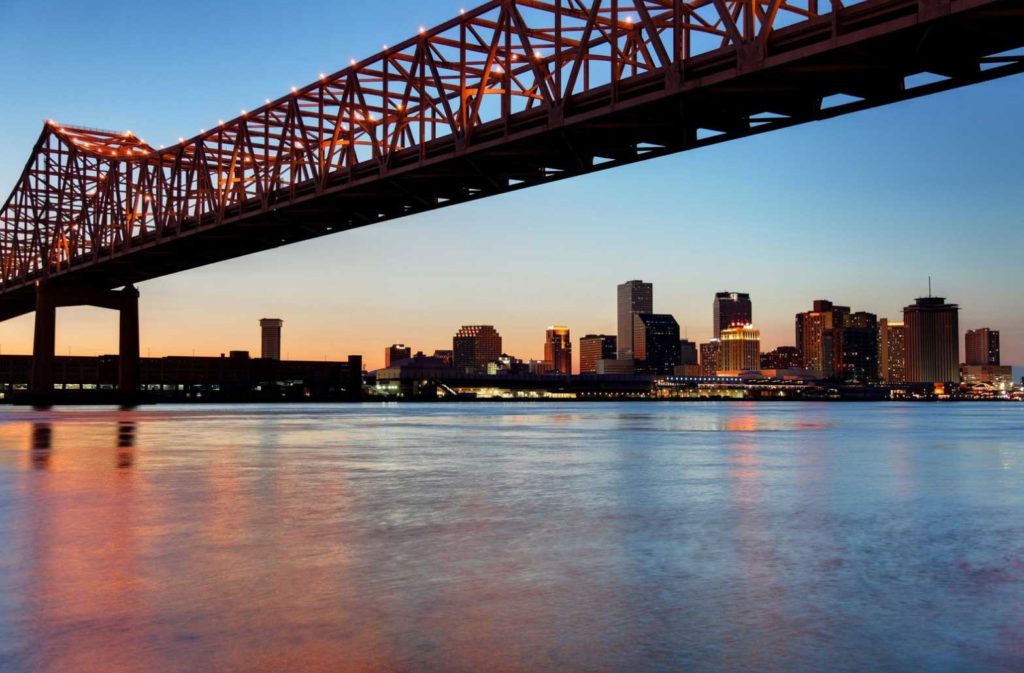
–
Check out our USA Travel Guide